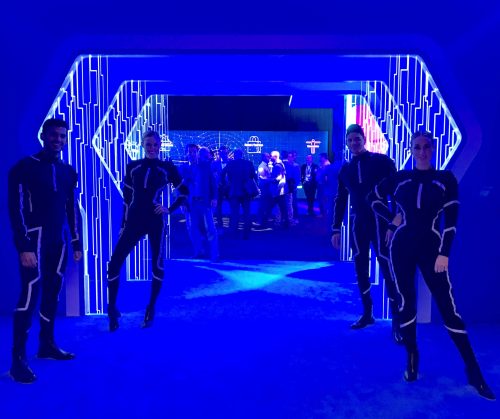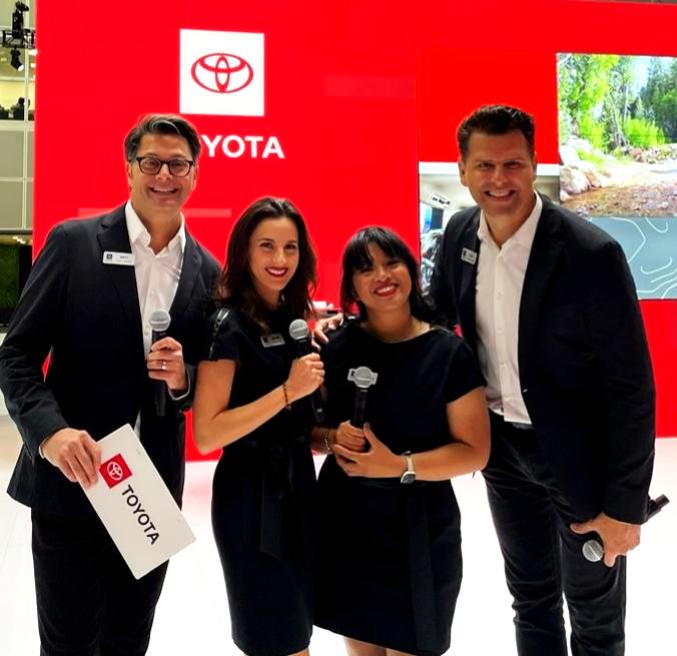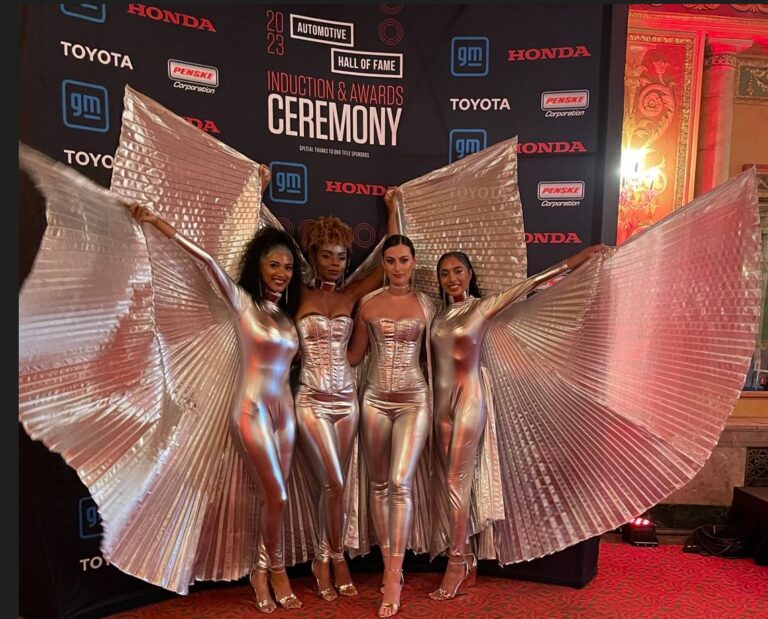Six Top Event and Trade Show Trends (New for 2019)
Last week, Productions Plus joined more than 1,500 marketers at the world’s largest conference on experiential marketing: The Event Marketer Summit in Las Vegas. There, we met industry colleagues, participated in great keynote speeches and meetings, and got the inside scoop on upcoming trends in Event Marketing, directly told by some of the biggest participants in this space. Our agency, Productions Plus, has been staffing some of the nation’s largest conventions and events, and has noticed that the B2B landscape is changing. It was affirming to see these trends identified and discussed by industry leaders at the EM Summit 2019. Some of the largest points of discussion focused on the following:
1. ROI is now “ROE,” or Return on Experience
Brands are becoming less focused on specific dollars generated by an event, but more about how the overall experience made an attendee feel. Tradeshows are now expected to evoke an emotional connection to consumers, and the goal is always to surprise and delight the crowd. “Consumerization” was also discussed, which is a refocus on the individual, instead of groups of consumers. While a significant 68% of B2B brands see consumerization as an important trend, an even higher percentage of attendees (77%) feel consumerization is important. This trend speaks to agencies like Productions Plus, as we train and coach our talent in the unique importance of the one-to-one consumer engagement at events and shows. Staffing an event with the right “face of your brand” has become more important than ever before, and this “messenger” must be able to relate to the experienced and individualized consumer.
2. Metrics
There has been an increasing amount of focus on the need for metrics and usable KPI’s in the event space. As consumers are more leery of giving their personal information, clients are in need of more than just the basic hand raiser and lead generation data. Now brands are looking for ways to track consumer dwell time, brand interactions, changes in brand sentiment, and more. Productions Plus has taken steps to help our clients with this by creating our patent-pending Consumer Engagement Tracker. This allows our trained event staff to quantify each and every consumer interaction in a variety of ways, such as: ownership/loyalty, position and change in the purchase funnel, product of interest, and more. This data is gathered without the need for any personal consumer data and helps our clients tell a more complete story about the impact of their experiential activations.
3. Event Technology 
The word is simple and ubiquitous, but the needs are ever-changing. The fact is that technology is key, and phones are life. Event staff often spends more time giving directions and helping confused attendees than they do communicating key company messaging. Time is spent communicating event instructions, versus engaging with consumers and attendees on the brands and the booths they’re meant to see. While many events now have a mobile app, many are hastily conceived and clunky to operate. Attendees also now prefer text message-based communications versus email announcements. If people only have a few minutes to get from one event to the keynote speech, they need immediate communication. To that end, Productions Plus has adjusted our own best practices to ensure our Talent are tech savvy and able to troubleshoot along with attendees. As event technology trends change, so must every aspect of the event marketing world, including staffing.
4. Group Activities
When attendees want to engage on their own terms, a simple wine mixer won’t do… though it seems people still like wine! We’re seeing event trends that include professional matchmaking technology, group fitness activities, and more elevated food and wine portions of the larger event. Attendees want to decide what they eat, where they sit, and when they interact, instead of being corralled into a set schedule. Nothing is out of the box anymore. The more creative one can make their own experience; the more likely attendees are to return and simultaneously share their experiences with colleagues and online communities.
5. Instant engagement is expected
There will always be time for a keynote speech, or larger business meeting, but attendees are now expecting shareable moments with personalized content. Micro trends include unexpected greenscreens, facial recognition, virtual reality, and photos on food and lattes. If you decide to invest in these engagements, make sure the staff at your booth is outgoing and engaging. The brightest engagement needs the right staff member to bring it to life, and oftentimes, attendees won’t engage unless specifically invited. Proactive, not reactive, and outgoing each time. Our event staff are experts at this, and reading the room to tailor their level of engagement to the specific person.
6. Event Duration
Two days is becoming the preferred time frame for events, and due to busy schedules, this keeps things on pace to accomplish a lot in a short time. This is usually broken up into a first day afternoon start, followed by a quick networking introduction or mixer, a very full second day, and a final morning before the event ends. This trend allows people to travel and work off-site more efficiently, while also allowing some freedom to explore the city they are visiting. Activities get planned accordingly, and it’s of much importance to keep things timed to maximize the schedule.







